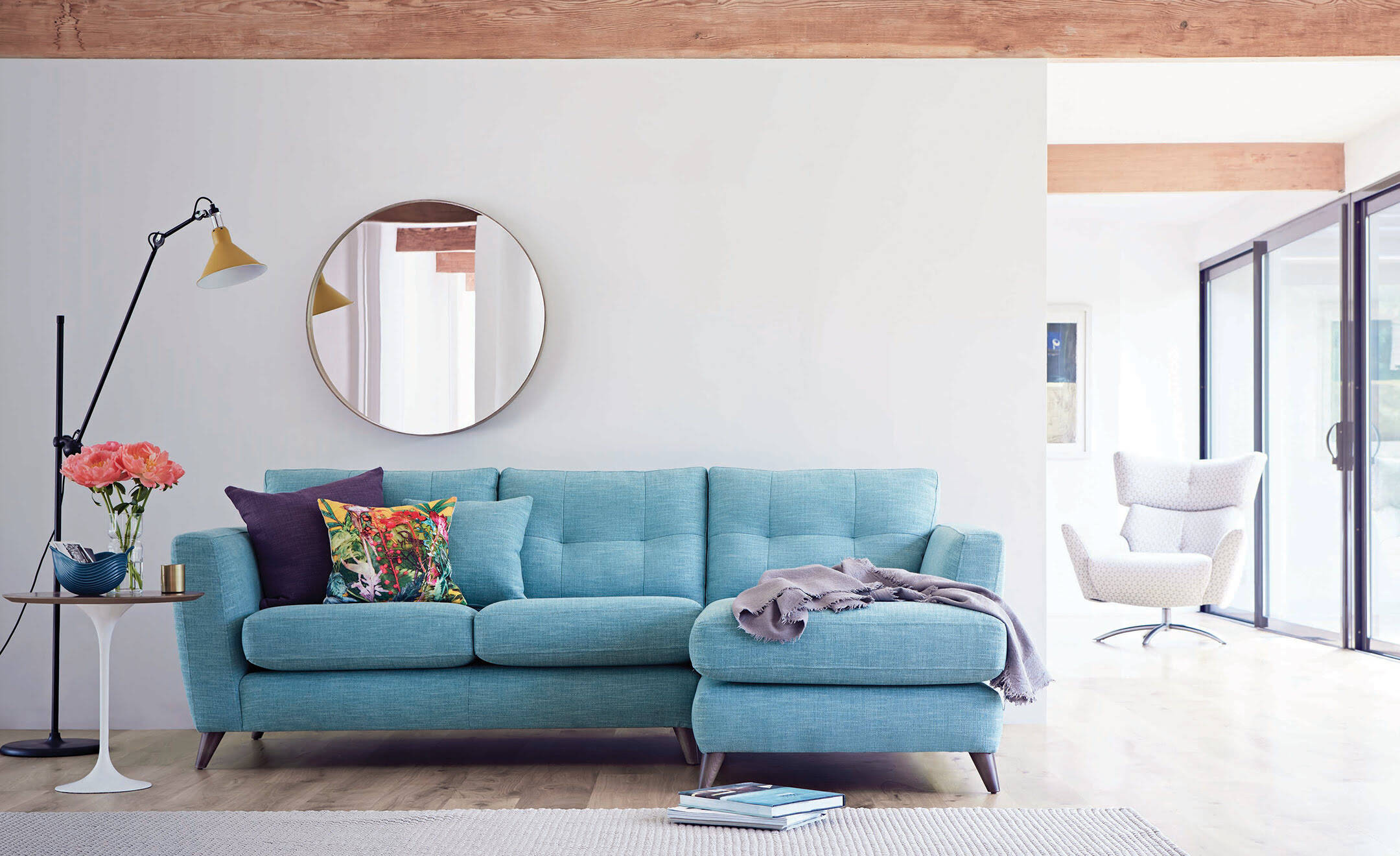

Articles
How To Choose Sofa For Living Room
Modified: December 7, 2023
Discover helpful articles on how to choose the perfect sofa for your living room. Find valuable tips and insights to create the ultimate cozy and stylish space.
(Many of the links in this article redirect to a specific reviewed product. Your purchase of these products through affiliate links helps to generate commission for Storables.com, at no extra cost. Learn more)
Introduction
Choosing the right sofa for your living room is a crucial decision that can significantly impact the overall aesthetic and comfort of your space. With so many options available in the market, it can be overwhelming to find the perfect sofa that fits your style, budget, and functional needs. However, with a little guidance and understanding of key factors, you can make an informed decision that will transform your living room into a cozy and inviting haven.
In this article, we will walk you through the essential steps to consider when choosing a sofa for your living room. From evaluating the size of your space to assessing comfort, durability, and design, we will cover all aspects to ensure you make the best decision for your home.
So, let’s dive in and explore the factors that should guide your sofa selection process.
Key Takeaways:
- When choosing a sofa for your living room, consider the size, style, material, color, comfort, durability, and budget. By carefully evaluating these factors, you can find a sofa that perfectly fits your space and meets your specific needs.
- The right sofa goes beyond aesthetics; it should provide comfort, durability, and reflect your personal style. Take the time to explore different options, seek professional advice, and make an informed decision that creates a cozy and inviting living room space.
Read more: Where To Put Sofa In Living Room
Consider the Size of Your Living Room
Before you begin your search for the perfect sofa, it’s crucial to assess the size of your living room. Understanding the dimensions of your space will help you determine the appropriate size and configuration of the sofa.
Start by measuring the available floor space in your living room. Consider the placement of other furniture pieces, such as coffee tables and side tables, to ensure there’s enough room for comfortable movement. Avoid overcrowding the space with an oversized sofa that dominates the room.
For small living rooms, opt for compact and sleek sofa designs. Consider sectional sofas that can be arranged in different configurations to make the most of the available space. Alternatively, a loveseat or a cozy two-seater sofa can be a great choice.
On the other hand, if you have a spacious living room, you can consider larger sofa designs such as a three-seater or a sectional sofa with a chaise lounge. These options provide ample seating space and create a focal point in the room.
Remember, it’s not just about fitting the sofa into the room; you also need to have enough space to move around comfortably. Leave enough clearance between the sofa and other furniture pieces or walls to ensure a sense of openness and flow in the room.
By considering the size of your living room, you can narrow down your options and find a sofa that perfectly fits your space, both in terms of functionality and aesthetics.
Determine the Sofa Style
After considering the size of your living room, it’s time to determine the style of sofa that will complement your space and reflect your personal taste.
There is a wide range of sofa styles available, from traditional to modern, contemporary to mid-century, and everything in between. Take a moment to envision the overall look and feel you want to achieve in your living room.
If you prefer a timeless and elegant look, consider a classic sofa with rolled arms and tufted details. These styles often feature rich upholstery and intricate woodwork, adding a touch of sophistication to your space. On the other hand, if you prefer a more sleek and minimalistic vibe, opt for a modern sofa with clean lines and simple designs.
Additionally, consider the overall theme and décor of your living room. If your space has a specific design style, such as bohemian or Scandinavian, choose a sofa that complements that aesthetic. A rustic leather sofa might work well in a farmhouse-inspired space, while a velvet sofa can add a touch of luxury to a glamorously decorated living room.
Don’t be afraid to mix and match different styles to create a unique and eclectic look. However, ensure that the sofa you choose harmonizes with the existing furniture and décor elements in your living room.
Remember, the style of your sofa goes beyond its appearance. It also encompasses the overall functionality and features. Decide if you want a sofa with additional elements like a recliner, pull-out bed, or storage compartments, based on your specific needs and lifestyle.
By determining the sofa style that aligns with your personal taste and complements your living room’s design, you can create a cohesive and visually appealing space that reflects your unique style.
Select the Right Sofa Material
Choosing the right sofa material is essential for both comfort and durability. The material you select will not only determine the overall look and feel of your sofa but also impact its longevity and maintenance requirements.
When it comes to sofa materials, you have a variety of options to choose from, including fabric, leather, and synthetic materials. Here’s a breakdown of each:
Fabric: Fabric sofas offer a wide range of options in terms of colors, patterns, and textures. They are typically more affordable than leather sofas and provide a cozy and inviting feel. However, it’s important to consider the durability and stain resistance of the fabric. Look for materials that are easy to clean and resistant to spills and stains, especially if you have children or pets.
Leather: Leather sofas exude sophistication and elegance. They are known for their durability and longevity, often developing a rich patina over time. Leather is also relatively easy to maintain, as spills can be wiped off without leaving stains. However, leather sofas tend to be more expensive than fabric options, and they may require occasional conditioning to keep the material supple and prevent cracking.
Synthetic Materials: Synthetic materials, such as faux leather or microfiber, offer a budget-friendly alternative to genuine leather. These materials are typically resistant to stains and easy to clean. Faux leather, in particular, can mimic the look and feel of real leather at a fraction of the cost. However, keep in mind that synthetic materials may not be as durable as genuine leather or high-quality fabric.
Ultimately, the choice of sofa material depends on your personal preference, lifestyle, and budget. Consider factors such as comfort, durability, maintenance, and the overall aesthetic you want to achieve in your living room. If possible, test out different materials by sitting on sofas in a showroom or researching online reviews to get a better idea of how they feel and perform in real-life settings.
By selecting the right sofa material, you can ensure that your sofa not only looks great but also withstands everyday use and provides long-lasting comfort for years to come.
Decide on the Sofa Color
The color of your sofa can significantly impact the overall aesthetic and mood of your living room. It’s important to choose a color that not only complements your existing decor but also reflects your personal style and creates a cohesive look.
When deciding on the sofa color, take into consideration the overall color scheme of your living room. If you have a neutral color palette, such as whites, beiges, and grays, consider adding a pop of color with your sofa. Opt for bold hues like deep blues, rich greens, or vibrant yellows to create a focal point in the room.
If your living room already features a variety of colors, you may want to choose a more neutral sofa color to balance out the space. Neutral tones like beige, gray, or cream provide a versatile base that allows you to play with different accent colors through pillows and throws.
Consider the amount of natural light in your living room as well. If your space is filled with natural light, you can experiment with bolder and darker colors. However, in rooms with limited natural light, lighter hues can help create a sense of brightness and openness.
It’s also essential to think about practicality when deciding on the sofa color. If you have kids or pets, darker colors or patterns can help conceal stains and wear over time. Additionally, keep in mind that trends may come and go, so choose a color that you can live with for years to come.
A useful tip is to bring home fabric or color swatches to see how they look in your living room’s lighting. This will give you a better idea of how the color will appear in your space and how it will interact with your existing furniture and decor.
By carefully considering the sofa color, you can create a harmonious and visually pleasing living room that reflects your personal style and enhances the overall ambiance of the space.
When choosing a sofa for your living room, consider the size of the room, the style of the sofa, the material, and the comfort level. Measure the space to ensure the sofa will fit and consider the durability of the material for long-term use.
Read more: Which Sofa Is Best For Living Room
Assess Comfort and Support
One of the most important factors to consider when choosing a sofa for your living room is the level of comfort and support it provides. After all, your sofa should be a place where you can relax, unwind, and enjoy quality time with family and friends.
Start by considering the seat cushions. Different sofas offer varying levels of firmness, so it’s essential to find the right balance that suits your preferences. Some people prefer plush, sink-in cushions, while others prefer firmer support. It’s a matter of personal preference and what feels most comfortable to you. Sit on the sofa and test the cushions to ensure they offer the desired level of comfort.
In addition to the cushions, consider the overall construction of the sofa. Look for a sturdy frame made of materials like hardwood or metal that can provide excellent support and durability. A well-constructed sofa will withstand daily use and maintain its shape over time.
Pay attention to the seat depth as well. The ideal seat depth will allow for comfortable seating with your feet touching the floor. If the seat is too shallow, you may find yourself perched uncomfortably on the edge. Conversely, if the seat is too deep, you may find it difficult to maintain a proper posture.
The design of the sofa and its backrest also impact the comfort level. Some sofas offer additional lumbar support for those who require extra back support. Consider whether you prefer a straight back or a sofa with angled back cushions that provide a cozy and relaxed seating experience.
Inquire about the sofa’s suspension system, as it plays a crucial role in providing overall support and preventing sagging. A high-quality suspension system, such as sinuous springs or 8-way hand-tied springs, can significantly enhance the longevity and comfort of the sofa.
Lastly, don’t forget to consider any additional features that contribute to comfort. These could include adjustable headrests, reclining capabilities, or built-in ottomans. These features can enhance the overall comfort and versatility of your sofa.
Remember, the comfort and support of your sofa are essential for both short-term relaxation and long-term satisfaction. Take the time to test different options and prioritize your comfort needs when making your decision.
Evaluate Durability and Maintenance
When choosing a sofa for your living room, it’s important to evaluate its durability and maintenance requirements. A durable sofa can withstand everyday use, while minimal maintenance ensures that it stays looking great for years to come.
Start by examining the frame of the sofa. Look for a frame made of high-quality materials like hardwood or metal, as these offer better durability and longevity compared to cheaper alternatives like particleboard or plastic. Check for sturdy construction and reinforced corners, which will contribute to the overall strength of the sofa.
Next, consider the upholstery fabric. It should be durable enough to handle regular use and resist wear and tear. Fabrics like microfiber, textured weaves, or tightly woven materials tend to be more resistant to stains, fading, and pilling. If you have children or pets, opt for fabrics that are stain-resistant or have protective treatments.
Additionally, inquire about the sofa’s cushions and their durability. High-density foam cushions tend to retain their shape better and provide long-lasting support. They are less likely to sag or compress over time compared to low-density foam or fiber-filled cushions.
Consider the ease of maintenance as well. Look for sofas with removable cushion covers that can be easily washed or replaced. This is especially important if you anticipate spills or accidents. Some fabrics may require professional cleaning, so factor in the potential maintenance costs when making your decision.
It’s also worth investigating any warranties or guarantees offered by the manufacturer. A reputable brand will often provide warranties that cover structural defects or abnormal wear and tear. Be sure to read the terms and conditions to understand what is and isn’t covered.
Finally, be realistic about your lifestyle and the level of maintenance you are willing to commit to. If you prefer a low-maintenance option, consider materials that are easy to clean and require minimal upkeep. However, if you are willing to invest more time and effort into maintenance, you can opt for higher-maintenance materials that offer specific benefits in terms of aesthetics or comfort.
By evaluating the durability and maintenance requirements of the sofa, you can choose a piece of furniture that not only withstands the test of time but also fits seamlessly into your lifestyle.
Set a Budget
Setting a budget is a crucial step when choosing a sofa for your living room. It helps you narrow down your options and ensures that you make a purchase within your financial means. Consider these factors when determining your budget:
1. Overall affordability: Assess your financial situation and determine how much you can comfortably spend on a sofa. Setting a realistic budget will help you make practical decisions and avoid overspending.
2. Quality vs. price: Keep in mind that the price of a sofa is often reflective of its quality. While it’s tempting to go for the cheapest option available, investing in a higher-quality sofa can save you money in the long run by providing better durability and longevity.
3. Consider additional costs: Remember that the cost of the sofa may not be the only expense. Factor in any additional costs such as delivery fees, assembly charges, or fabric protection treatments. These additional expenses can add up and impact your overall budget.
4. Financing options: If your budget is limited, consider exploring financing options offered by furniture stores. Many retailers offer installment plans or zero-interest financing, allowing you to spread out the cost over several months without incurring extra charges. However, be cautious and read the terms carefully, ensuring that you can comfortably afford the monthly payments.
5. Prioritize your needs: Determine which features and qualities are most important to you. This will help you allocate your budget accordingly. For example, if comfort is your top priority, consider investing in a high-quality cushion rather than opting for a pricier designer label.
Keep in mind that while setting a budget is important, it’s also essential to be flexible. Consider striking a balance between your budget and the quality and features that matter the most to you.
By setting a budget, you can streamline your sofa search and find options that meet your financial criteria while still providing the comfort and style you desire.
Final Thoughts
Choosing the right sofa for your living room is a decision that should not be taken lightly. It’s a piece of furniture that will be heavily used and play a significant role in the overall comfort and style of your space. By considering factors such as the size of your living room, the sofa style, the material, color, comfort and support, durability and maintenance, and budget, you can make an informed decision that suits your needs and preferences.
Remember that the right sofa is not just about aesthetics; it should also provide the level of comfort and support you desire. It should be durable enough to withstand daily use, easy to maintain, and fit within your budget constraints.
Take the time to shop around, test out different options, and explore various designs, materials, and colors. Consider the overall style and feel you want to create in your living room, and choose a sofa that complements your existing decor and reflects your personal taste.
Lastly, don’t hesitate to seek professional advice or consult with an experienced salesperson who can guide you through the selection process. They can provide valuable insights and help you find the perfect sofa that ticks all the boxes for your living room.
By following these guidelines and taking into account all the essential factors, you can confidently choose a sofa that not only enhances the functionality and aesthetics of your living room but also provides a cozy and inviting space for you and your loved ones to enjoy for years to come.
Frequently Asked Questions about How To Choose Sofa For Living Room
Was this page helpful?
At Storables.com, we guarantee accurate and reliable information. Our content, validated by Expert Board Contributors, is crafted following stringent Editorial Policies. We're committed to providing you with well-researched, expert-backed insights for all your informational needs.
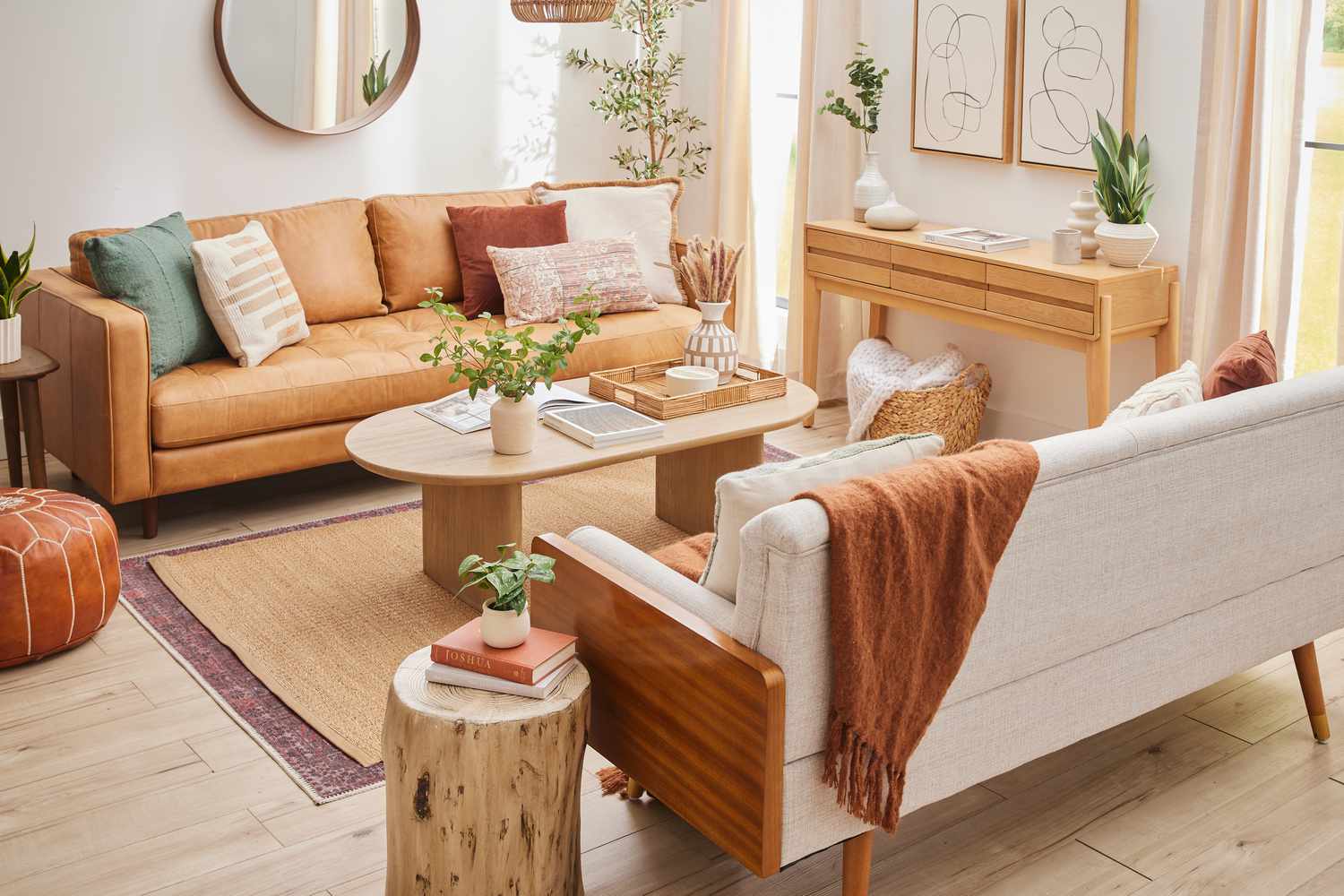
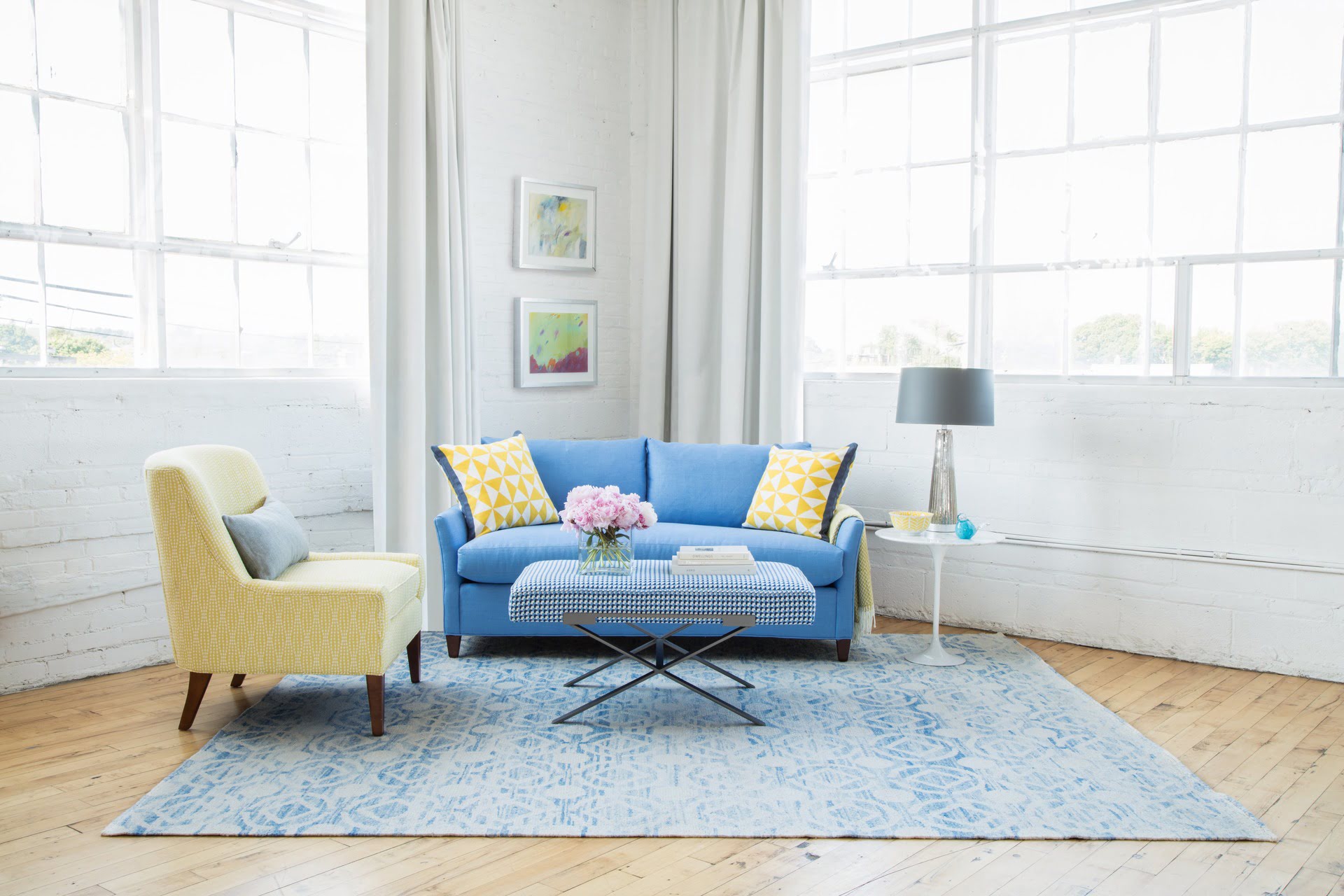
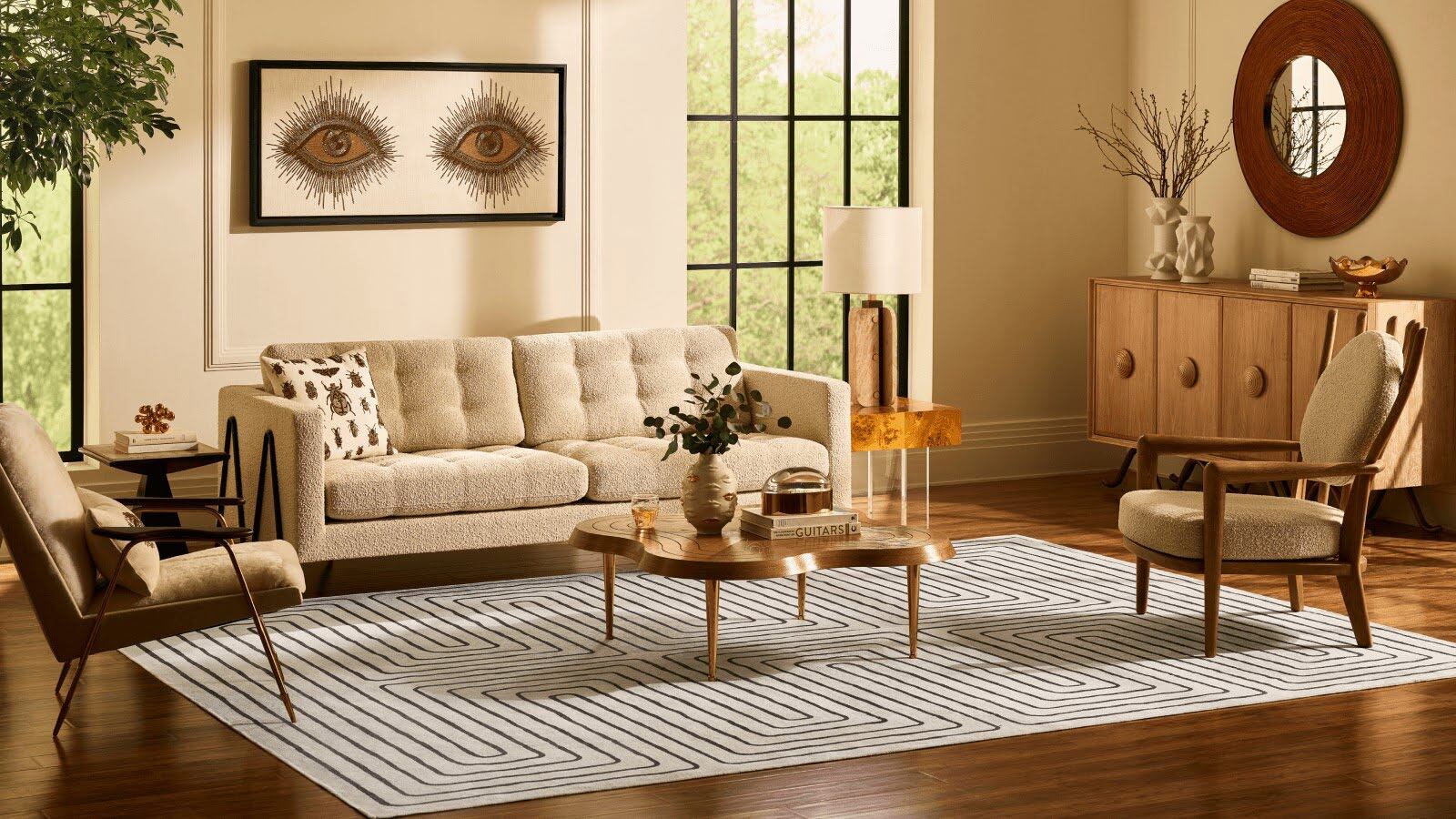
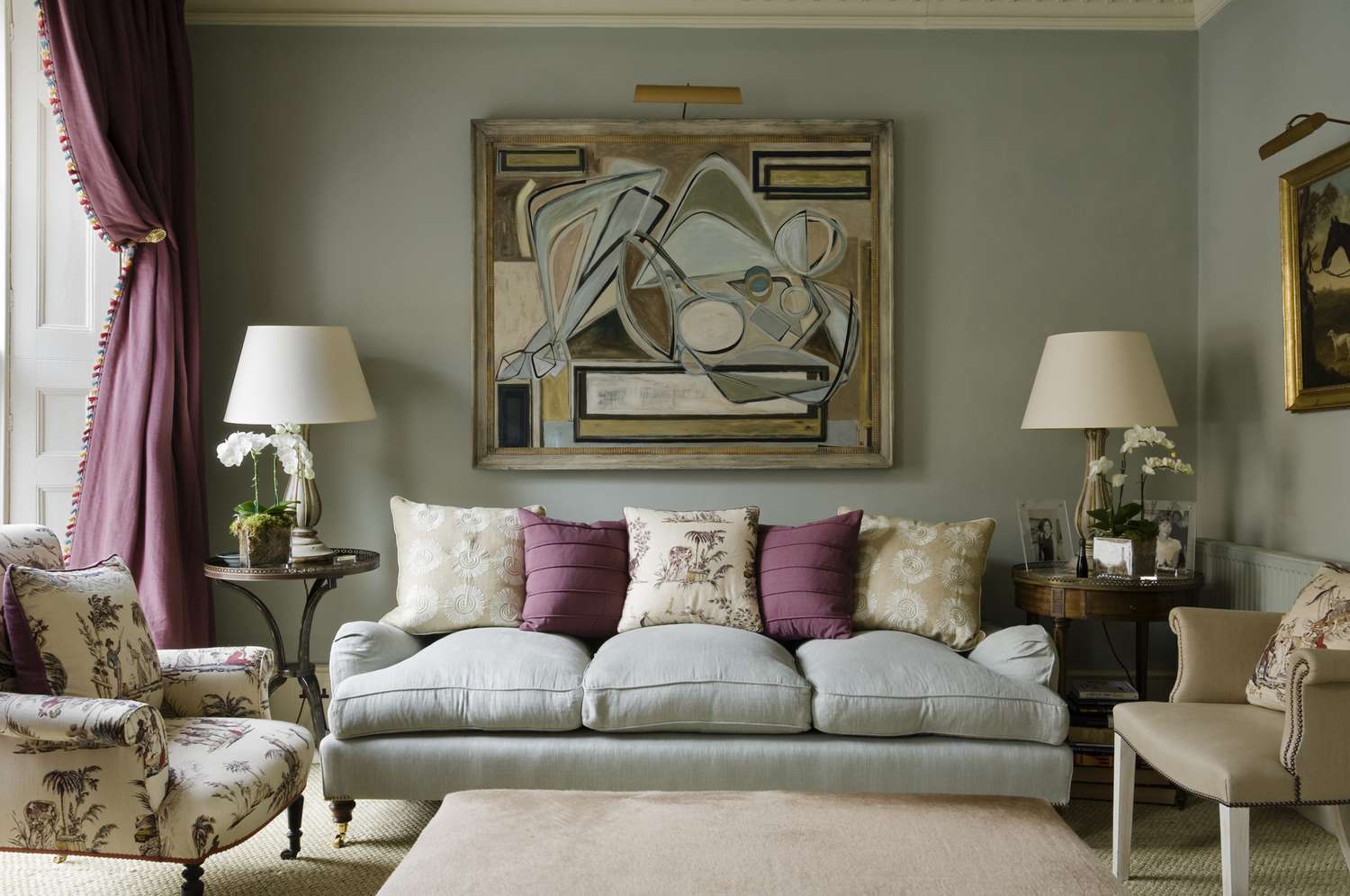
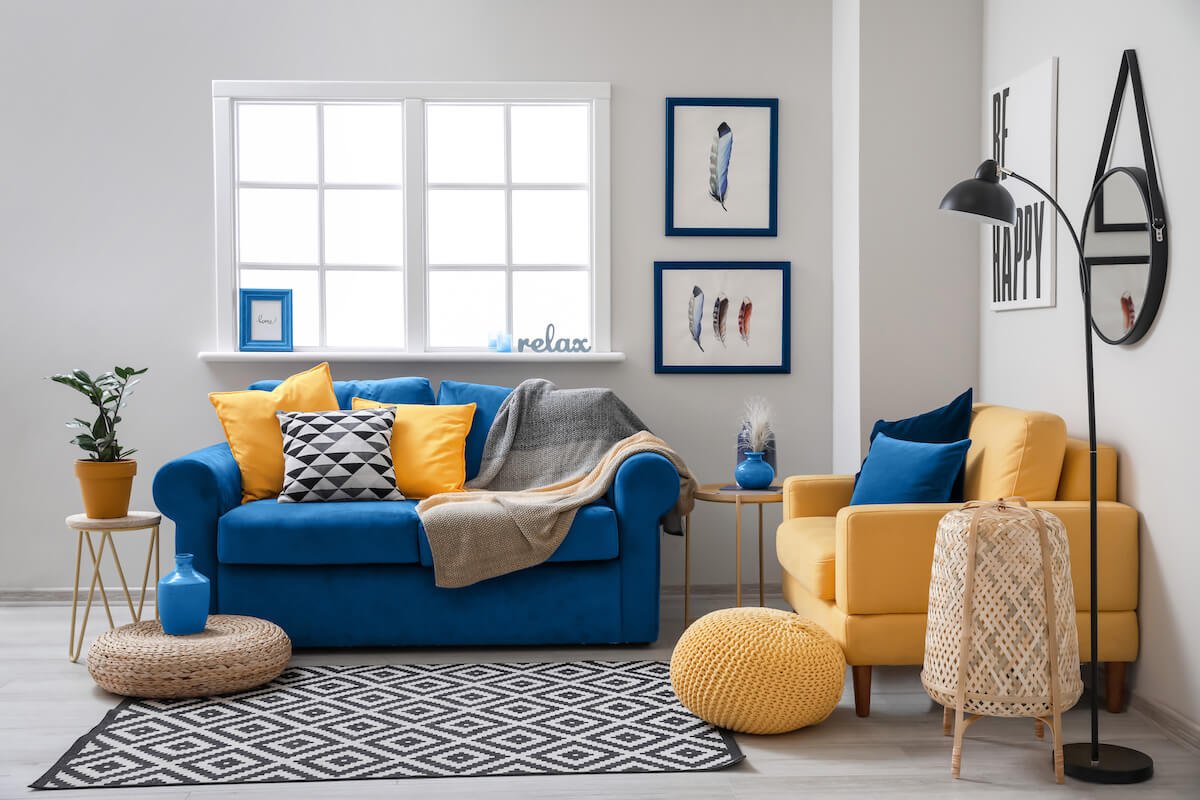
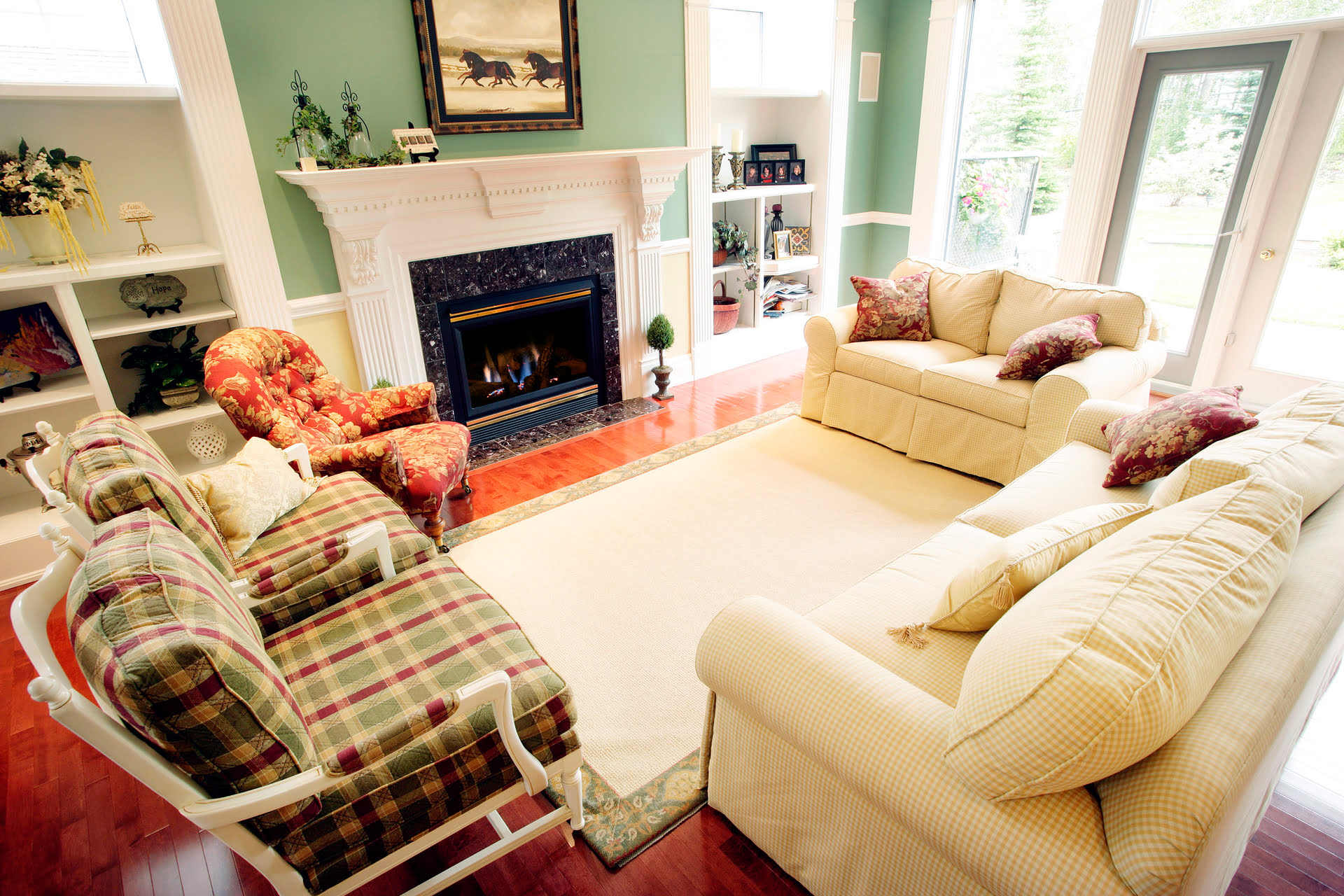
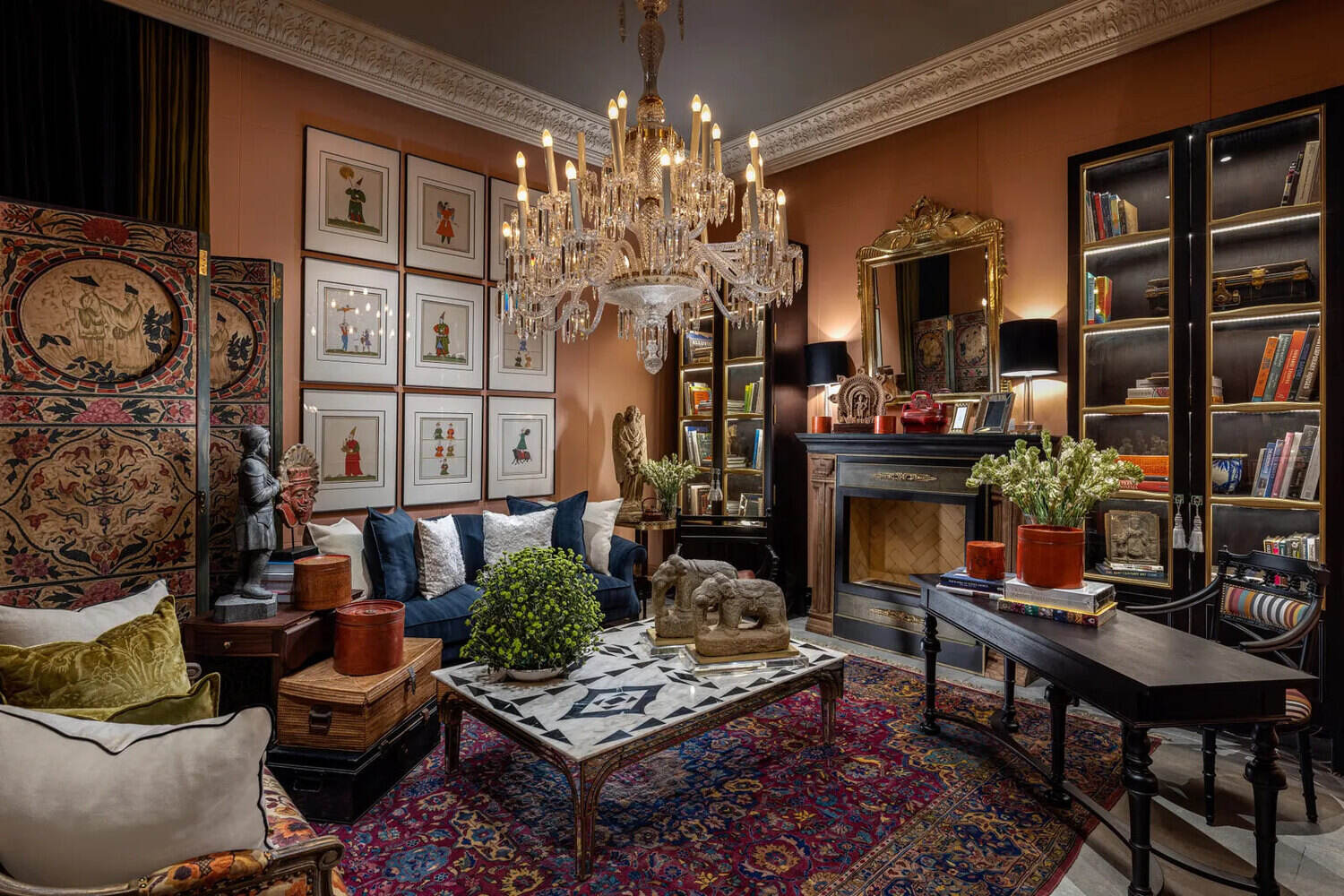
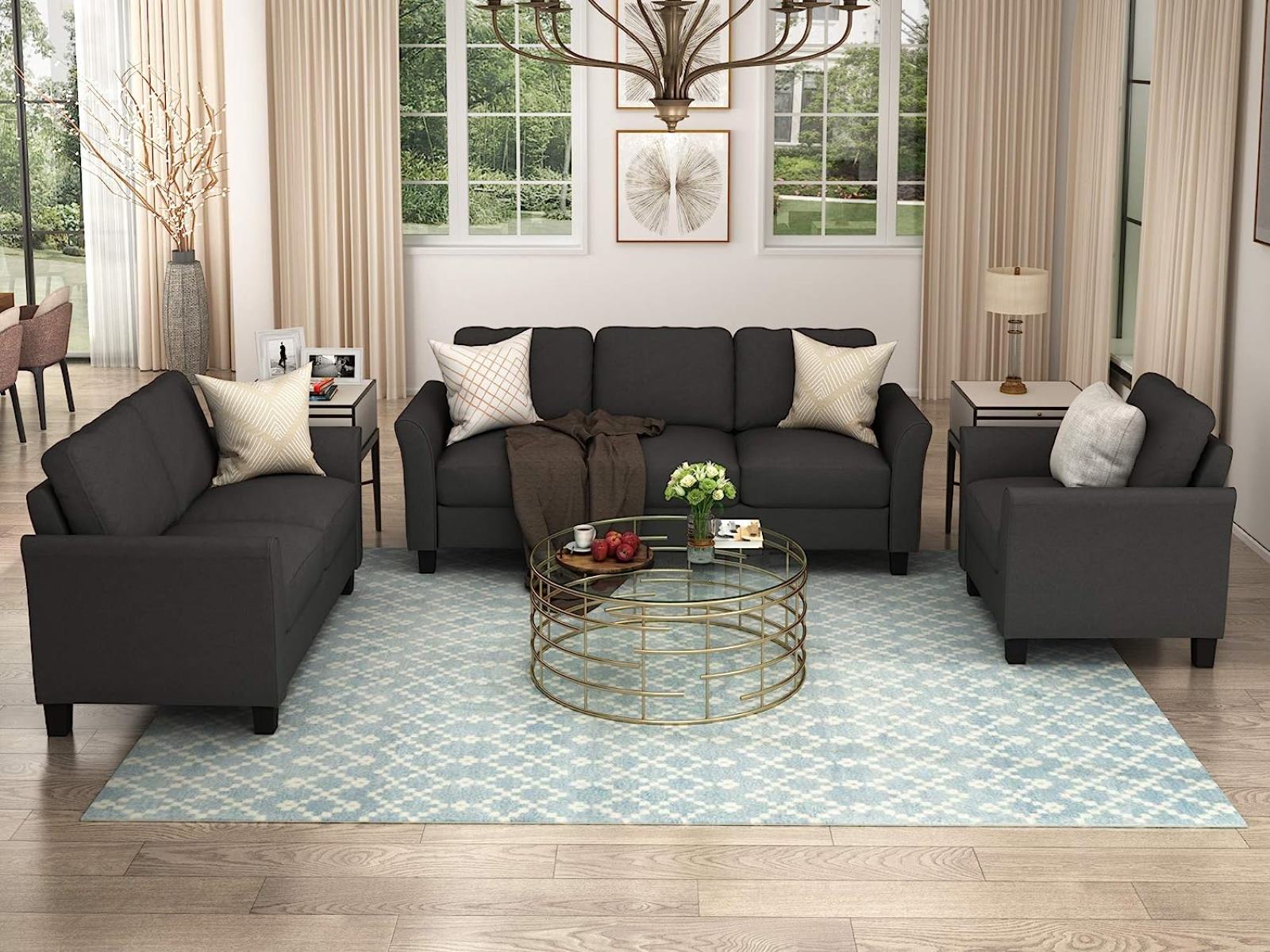
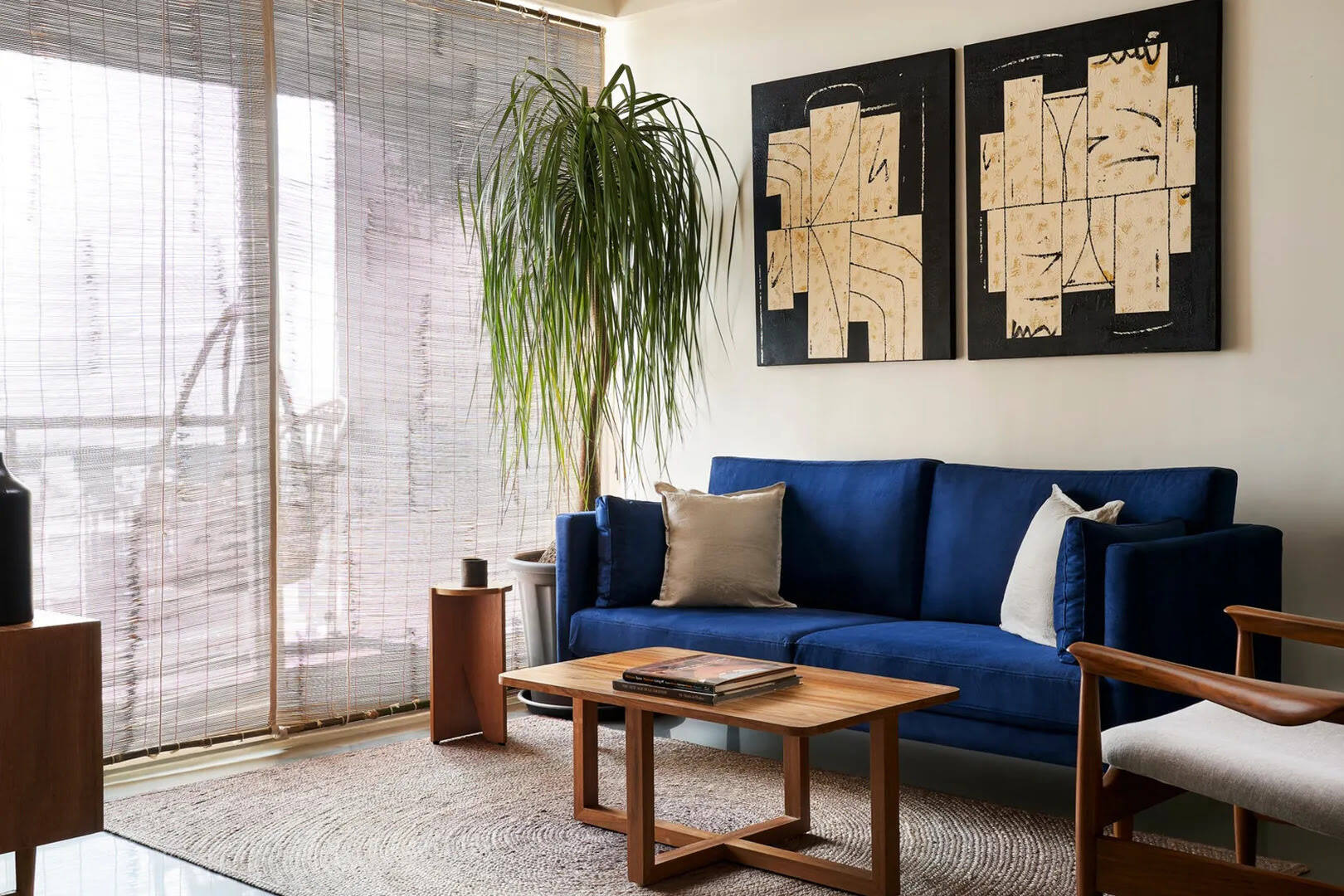
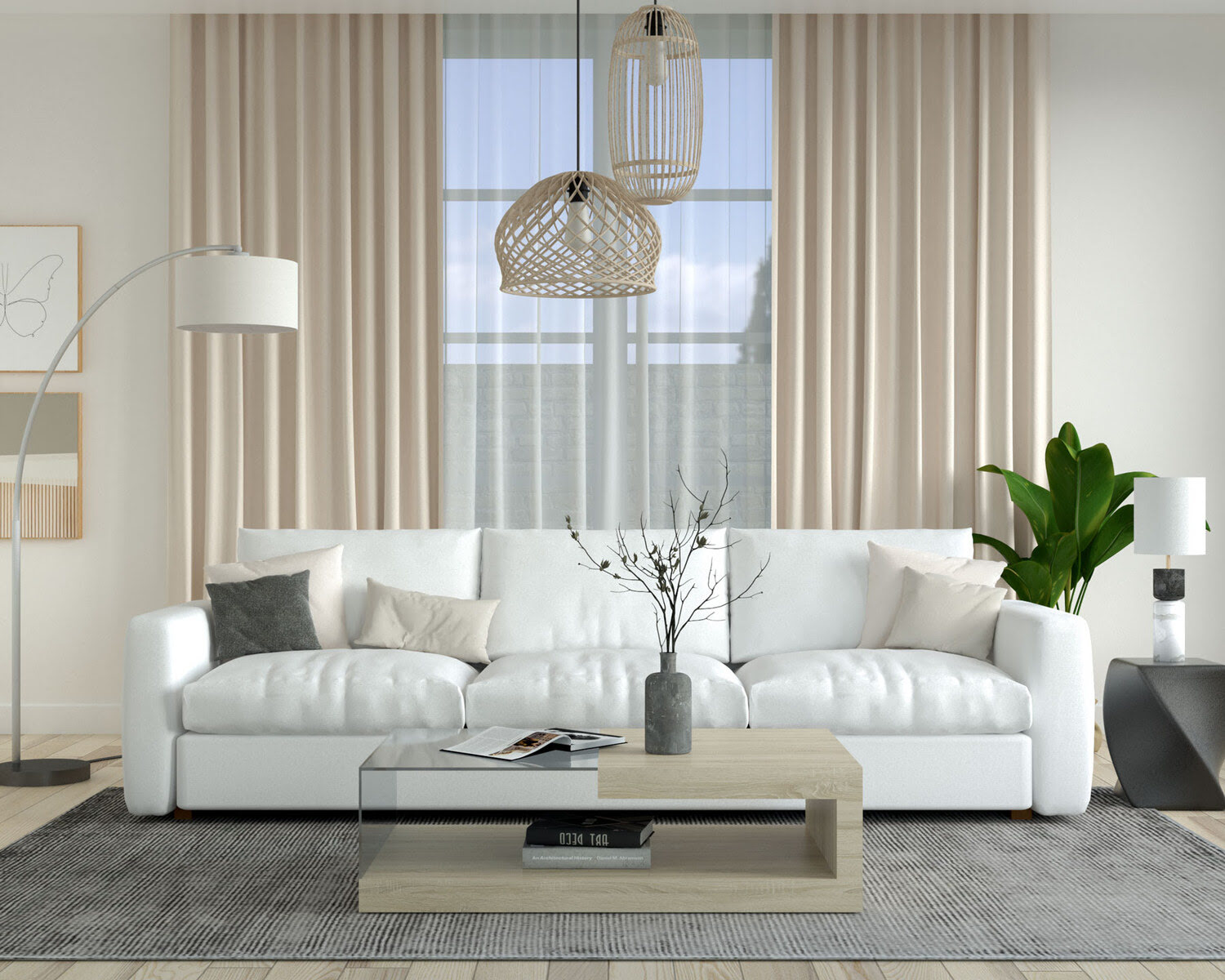
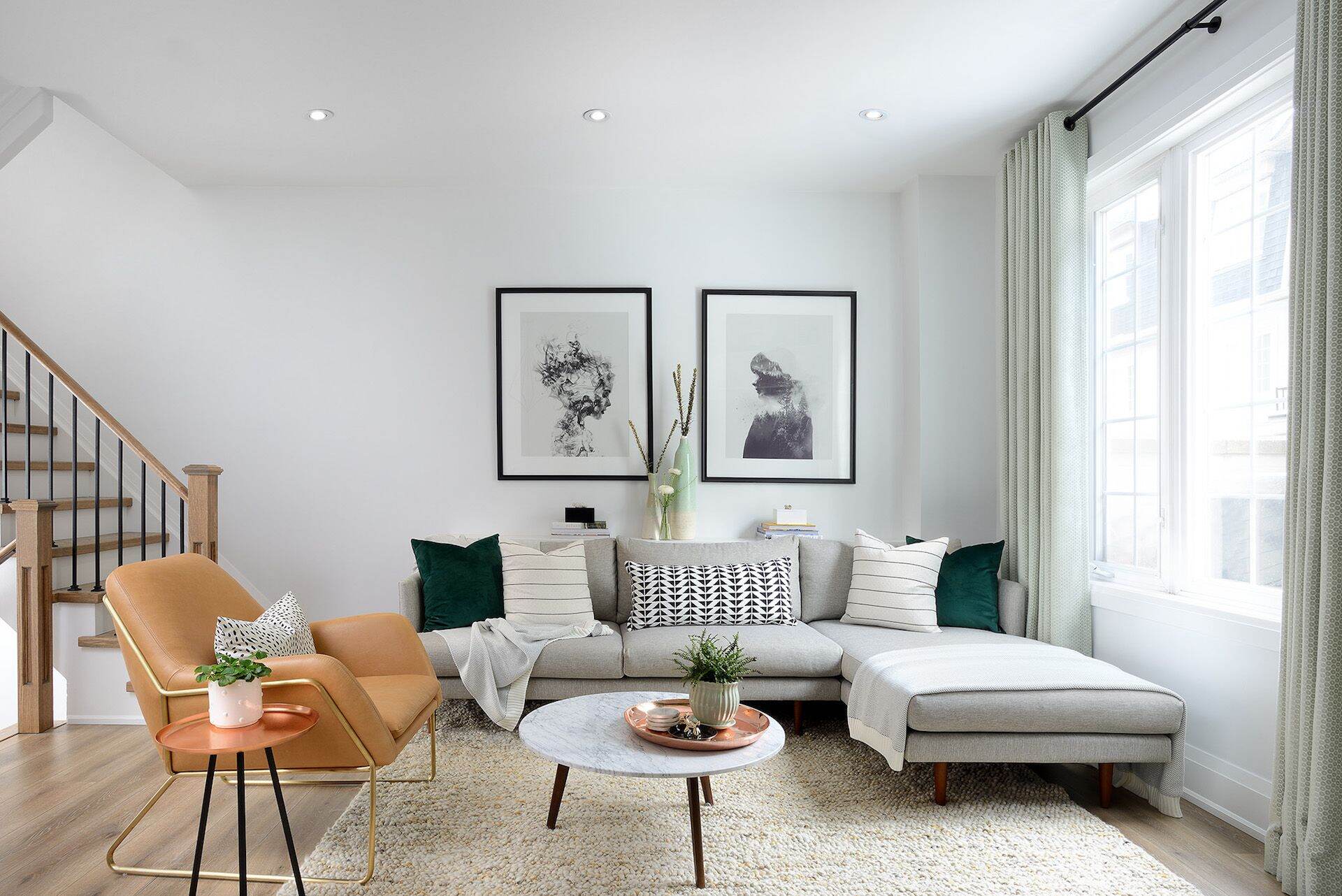
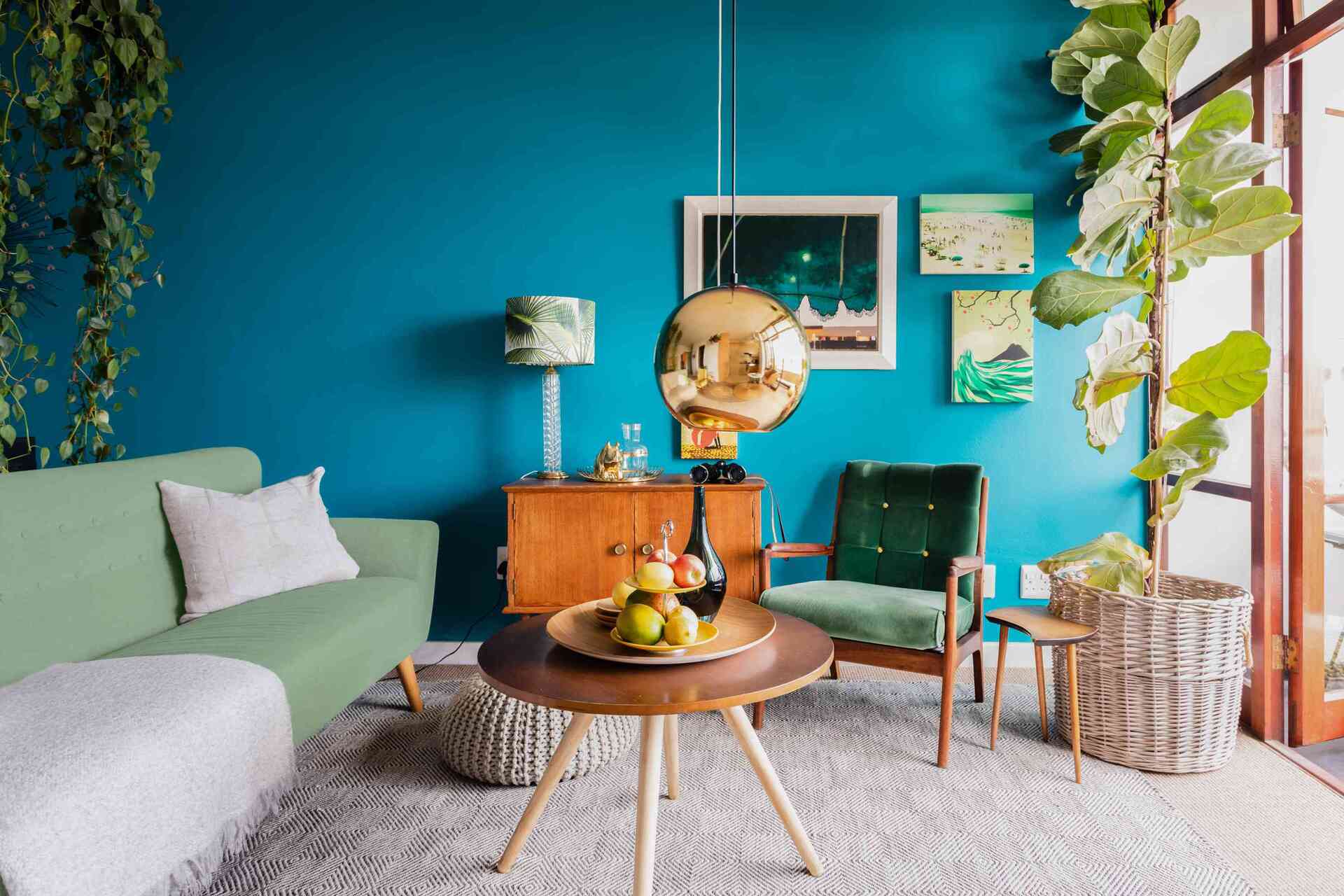
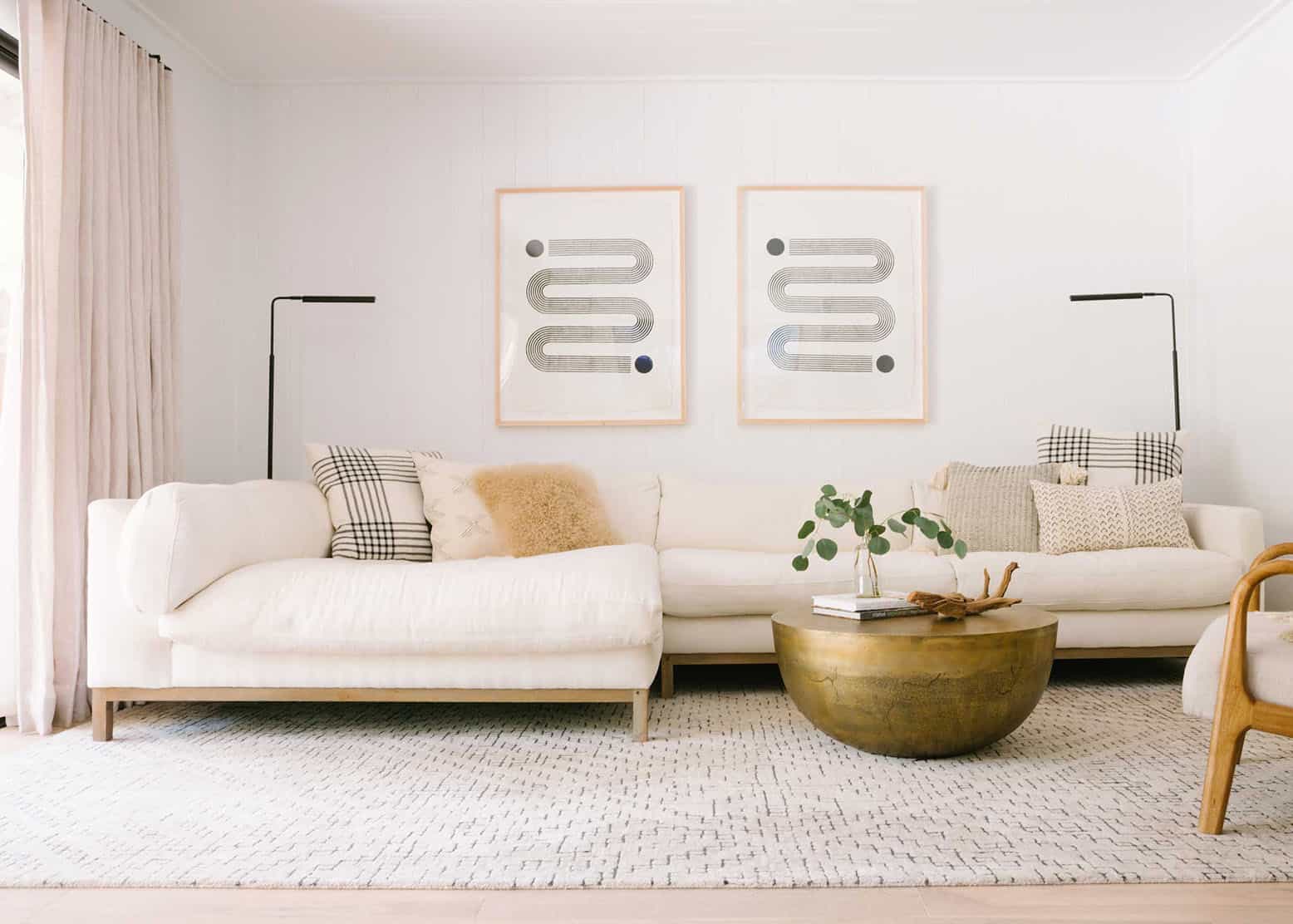
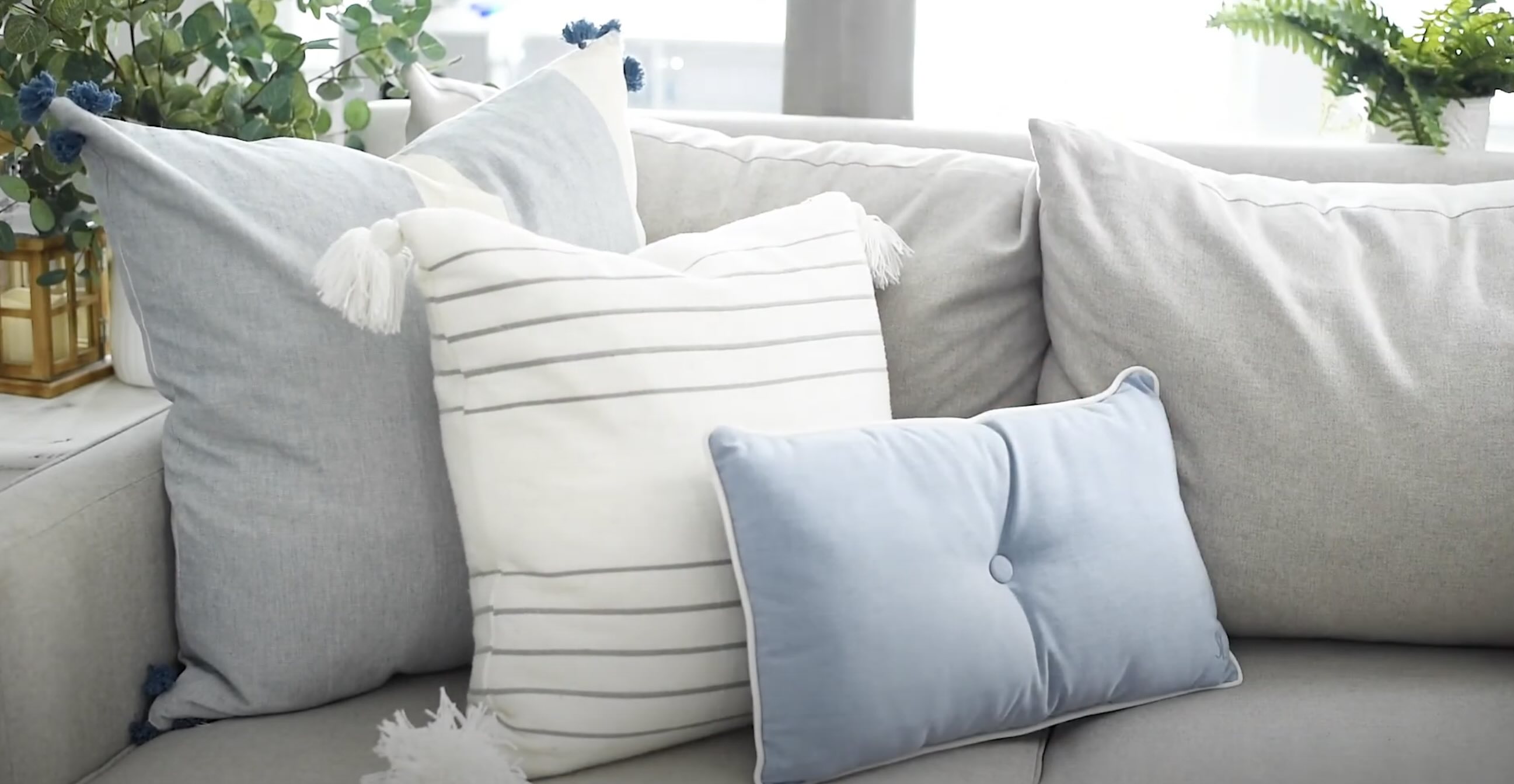

0 thoughts on “How To Choose Sofa For Living Room”